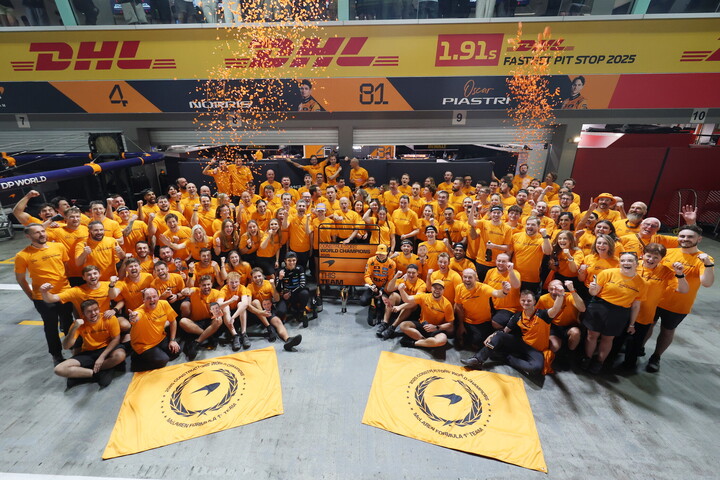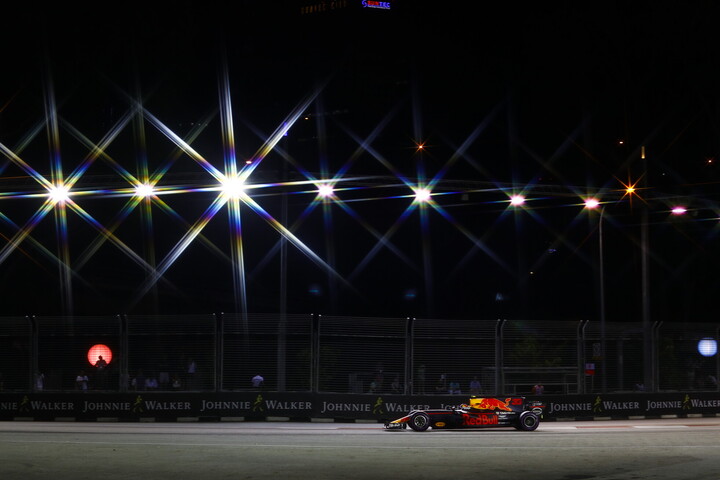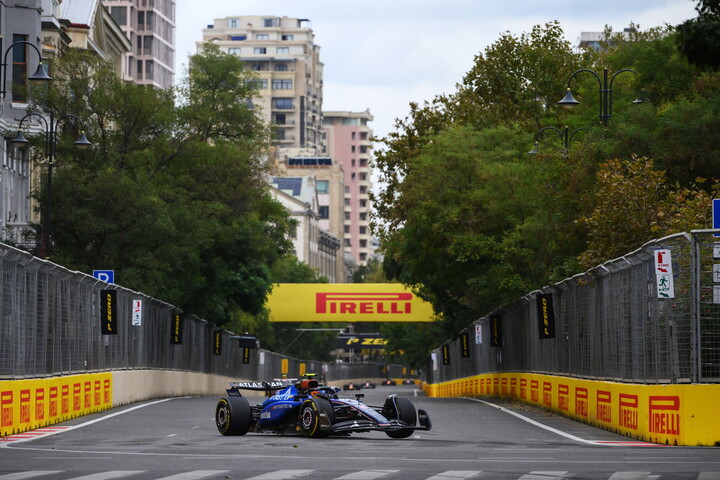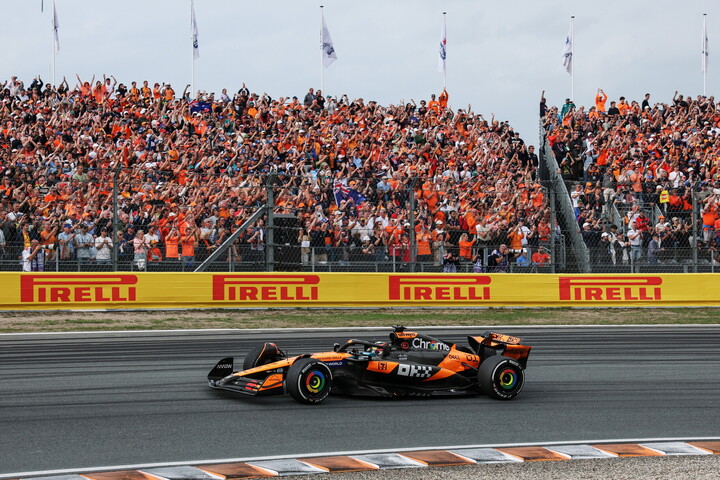On this week #40: François Cevert

On 6 October 1973, the French driver François Cevert was killed during qualifying for the USA Grand Prix at Watkins Glen. The mark he left on the sport is maybe comparable only to that of Gilles Villeneuve, another driver whose career was cut tragically short. To this day, Cevert continues to enter the collective imagination of young and old alike, not just for his talent and exploits behind the wheel, but also because of his life style, which today epitomises a bygone age, while his charm always proved irresistible, as evidenced by the female company he kept, numbering film star Brigitte Bardot among his admirers.

François was the son of Charles Goldenberg, a Russian-Jewish émigré, brought to France by his parents to escape the persecution of the Jews by the Tsarists. François' mother was Huguette Cevert and he and his siblings took her last name so as not to attract attention from collaborators when France was under Nazi occupation, especially as his father had joined the French Resistance.
His interest in motor racing was sparked by his elder sister Jacqueline, who would marry a former motorcycle racer, who also enjoyed a career in Formula 1, Jean-Pierre Beltoise. Cevert started racing motorbikes while still a youngster, before switching to four wheels, winning in 1966, the Volant Shell, which was the most important award for young drivers in France. He beat the talented Patrick Depailler to the prize, a seat in the national Formula 3 series, in which he made his debut the following year. In 1968 he won that title with the Tecno team, who entered him in the European Formula 2 championship in 1969. He finished third, behind fellow countryman Johnny Servoz-Gavin and Germany's Hubert Hahne.

Servoz-Gavin would unwittingly play a part in Cevert's future, after the Tyrrell driver suddenly announced his retirement from racing, thus creating a vacancy alongside Jackie Stewart. The Scotsman had seen the Frenchman's talent at first hand in a race the previous year at Crystal Palace and recommended him highly to Ken Tyrrell, going on to become something of a mentor to the youngster. He made his debut in Zandvoort, his first point came in Monza. By the end of the year, Tyrrell, who would switch to building his own chassis, confirmed his seat for the following season. In 1971, the Tyrrell was immediately competitive but Cevert endured a complicated start to the season, marred by too many accidents. Later, things improved with second places in France and Germany, the Frenchman living up to expectations as Stewart's squire. All that was missing was a win: once the team leader had clinched his second world title, Cevert was let off the leash and demonstrated his talent winning the final Grand Prix of the year at Watkins Glen. It was to be his only Formula 1 win.

The Frenchman had proved he was a winner, but the following year, the Tyrrell was clearly not and there were only two podium finishes, in Nivelles (Belgium) and again at Watkins Glen, a track that was clearly in his destiny in a year when Emerson Fittipaldi won for Lotus. It was a different story in 1973, with Tyrrell competitive at the highest level once more. Cevert played a key role in supporting Stewart's title aspirations, with seven podium finishes, but fate had other plans. The race in Zandvoort had claimed the life of Roger Williamson and at Mosport, Canada, Cevert was fortunate to escape a nasty accident with only a serious injury to his ankle. Once again, Watkins Glen was hosting the final round of the season and Cevert was still in with a chance of finishing second in the championship. But then came qualifying and a huge crash which saw his car roll several times before ploughing into the barriers. It was a massive impact and Cevert died instantly. Stewart was one of the first on the scene and would always remember it as one of the most traumatic experiences of his life. Tyrrell withdrew his entry from the race, which would have been Stewart's 100th Grand Prix and the Scotsman who, having lost so many friends and fellow drivers over the years, had decided earlier that year to retire at the end of the season. He never raced again.




